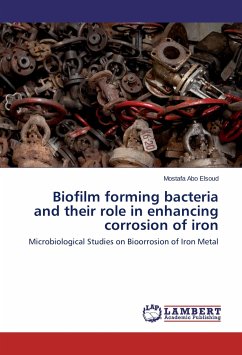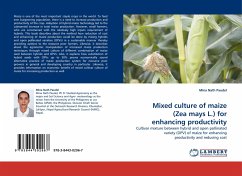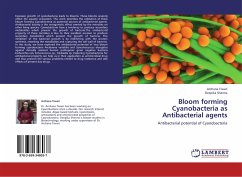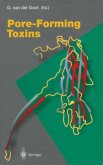Understanding of microbial corrosion mechanism is one of primary tools to get better result in corrosion inhibition. Bacterial consortia cause more adverse conditions than that caused by axenic cultures leading to severe localized attack under biofilm and subsequently accelerate metal failure. The quorum sensing signals (AHL) was detected in the axenic, binary and consortia of MIC bacterial cultures. The present results have demonstrated, for the first time that quorum sensing signals are involved in coordination language of MIC during biofilm and corrosion process. Therefore, detection of these signals can be used as a biochemical indicator(s) for the presence of bacterial community (biofilm development). Screening for quorum sensing signals is cheap, rapid and easy method for early detection of MIC. Agricultural waste extracts represent a valuable source of eco-friendly green (biocide) antimicrobials. The methanolic and aqueous extracts of Onion and Garlic leaves and Date palm seeds had the ability to inhibit the growth of P. marginalis-SuOA (the most potent biofilm forming isolate) at lower concentrations compared with traditional chemical biocides.
Bitte wählen Sie Ihr Anliegen aus.
Rechnungen
Retourenschein anfordern
Bestellstatus
Storno








